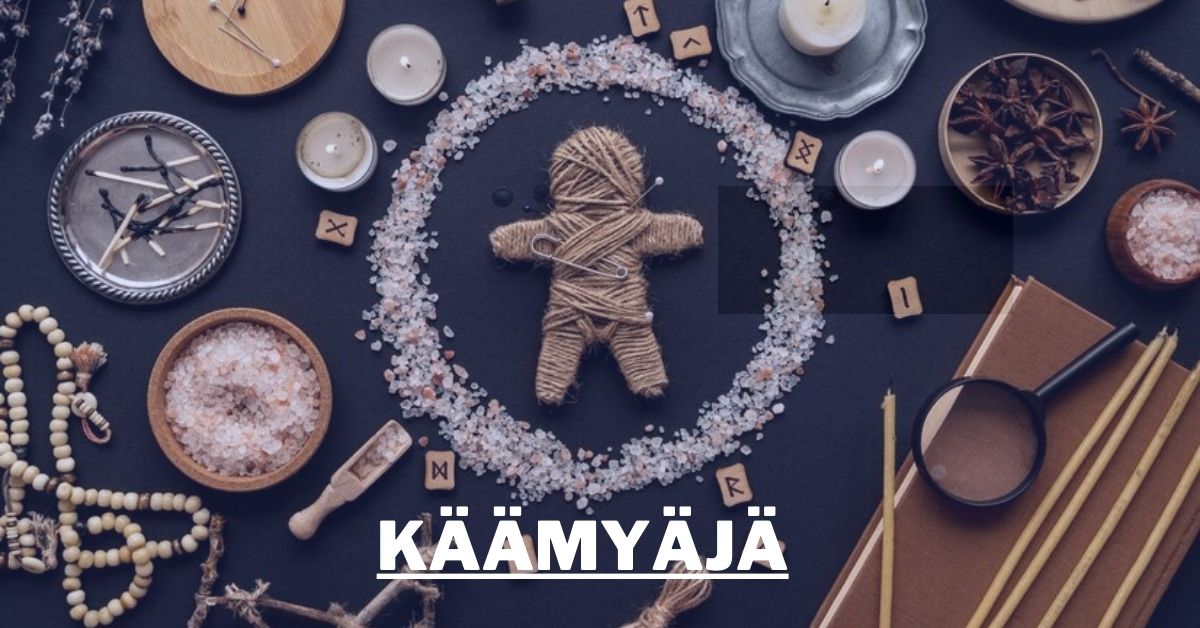In the heart of Finland, amidst its dense forests and serene lakes, lies a term deeply woven into the cultural fabric: Käämyäjä. This concept, steeped in history and tradition, represents a unique blend of folklore, spirituality, and ecological awareness. While it literally translates to meticulousness and attention to detail, Käämyäjä embodies much more, signifying a profound connection between humans and the natural world. This article delves into the origins of Käämyäjä, its cultural and ecological significance, and its impact on modern Finnish society.
Origins
Käämyäjä finds its roots in ancient Finnish folklore and mythology. Historically, it has been used to describe individuals who possess an extraordinary ability to notice the minutest details in their surroundings. This trait was highly valued in a time when survival often depended on one’s ability to read the environment accurately.
In Finnish mythology, Käämyäjä is often associated with spirits or beings that guard the forests and wildlife. These entities were believed to possess an intrinsic knowledge of the natural world, which they used to protect and maintain the balance of the ecosystem. The term also carries connotations of wisdom and resilience, traits that are deeply respected in Finnish culture.
Folklore
Folklore plays a crucial role in preserving the essence of Käämyäjä. Stories passed down through generations highlight the importance of living in harmony with nature and respecting its intricate details. One such tale speaks of a Käämyäjä, a forest guardian, who could communicate with animals and plants. This guardian ensured that the forest remained healthy and that no harm came to its inhabitants.
These stories not only entertained but also educated, instilling a sense of responsibility towards nature in the listeners. The Käämyäjä was not just a mythical figure but a role model, encouraging people to observe and understand their environment.
Ecology
The ecological significance of Käämyäjä cannot be overstated. In modern times, the term is often associated with individuals who dedicate themselves to environmental conservation. These modern-day Käämyäjäs are the stewards of Finland’s rich and diverse ecosystems, particularly its forests.
Epiphytic lichens, which grow on trees, play a crucial role in supporting forest ecosystems. These lichens are sensitive indicators of air quality and overall forest health. Käämyäjäs, with their meticulous nature, monitor these lichens to ensure the forests remain vibrant and thriving. Their work helps in maintaining biodiversity and ecological balance, which is vital for the sustainability of the environment.
Resilience
Resilience is a core attribute of the Käämyäjä. Historically, the harsh Finnish winters and the challenging landscape required individuals to be resourceful and resilient. The Käämyäjä, with their keen attention to detail and deep understanding of their environment, epitomized these qualities. They were the ones who could find food in the harshest conditions, navigate through dense forests, and predict weather changes based on subtle signs in nature.
This resilience is still celebrated today, as Finland continues to thrive despite its demanding climate. The Käämyäjä spirit is seen in the country’s innovative approaches to sustainable living and environmental conservation.
Modernity
In contemporary Finnish society, the concept of Käämyäjä has evolved but remains relevant. Today, it describes individuals who are exceptionally detail-oriented and dedicated to their work, often in fields related to environmental science and conservation. These modern Käämyäjäs play a crucial role in advancing ecological knowledge and practices, ensuring that Finland’s natural heritage is preserved for future generations.
Organizations and communities across Finland uphold the values of Käämyäjä, integrating traditional wisdom with modern technology to tackle environmental challenges. This fusion of old and new makes the concept of Käämyäjä timeless and adaptable to changing circumstances.
Spirituality
Spirituality is deeply intertwined with the idea of Käämyäjä. The connection to nature is not just physical but also spiritual, reflecting a sense of reverence and respect for all living things. Finnish spirituality often emphasizes the sacredness of nature, and Käämyäjä embodies this belief.
Practices such as forest bathing, where individuals immerse themselves in the forest environment to reconnect with nature, are modern expressions of this ancient spirituality. These practices highlight the ongoing relevance of Käämyäjä in fostering a harmonious relationship with the natural world.
Community
Community plays a significant role in sustaining the legacy of Käämyäjä. Finnish communities often come together to celebrate and protect their natural surroundings, organizing events and activities that promote environmental awareness and conservation. These communal efforts reflect the collective spirit of Käämyäjä, where every individual contributes to the well-being of the environment.
Education also plays a crucial role in perpetuating the values of Käämyäjä. Schools and educational programs emphasize the importance of ecological stewardship, teaching young generations about the intricate connections between humans and nature. By instilling these values early on, Finnish society ensures that the spirit of Käämyäjä continues to thrive.
Conclusion
Käämyäjä is more than just a word; it is a symbol of meticulousness, resilience, and a deep bond with the natural world. From its roots in ancient folklore to its modern ecological applications, Käämyäjä embodies the essence of Finnish culture and spirituality. As Finland continues to navigate the challenges of the modern world, the timeless values of Käämyäjä provide a guiding light, ensuring that the country’s natural heritage is preserved and cherished for generations to come.
